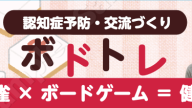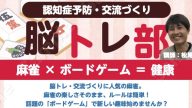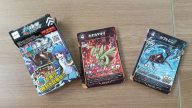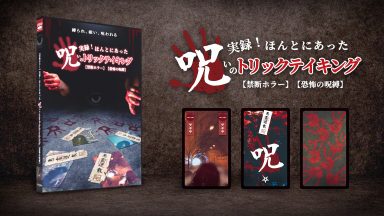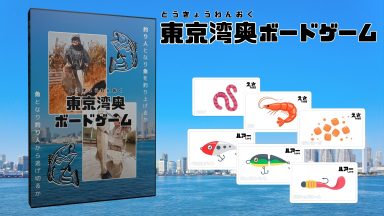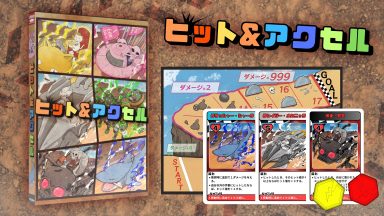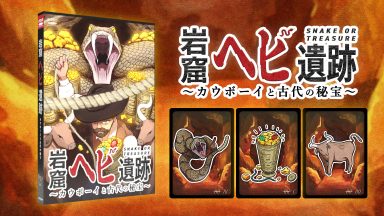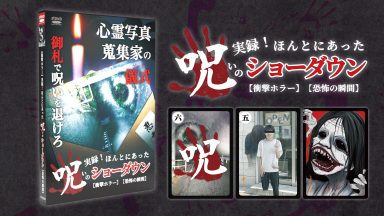[Gemma 2021 spring] idea technique to compete in number [Bodge design]
Gemma Spring's new work "Miesshozukoppu"
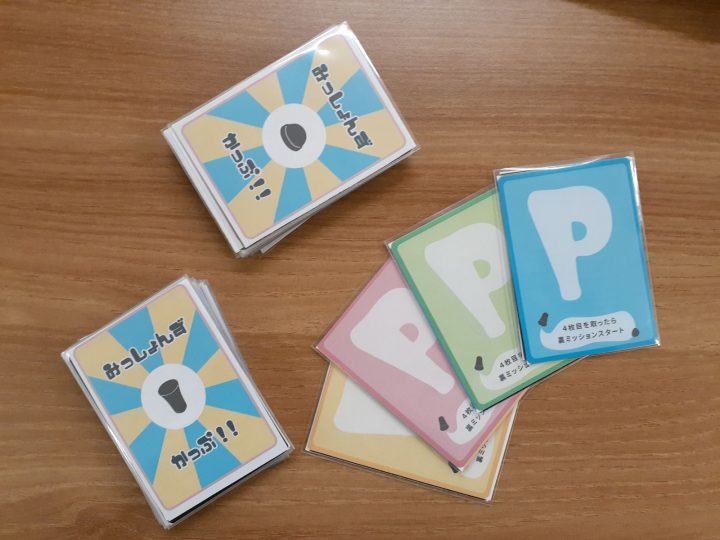
In the last blog (here), "I can go!" In case the idea you thought was bad, prepare multiple ideas. I talked about.
The more ideas you have, the better your survival rate and the higher your return rate. It was that the number of ideas would increase the probability of getting to completion.
Don't you think, "Even if you say that, ideas don't come out, do you?"? I think.
No, it's really already. If your ideas come up, you won't have a hard time.
This time, let's still come up with an idea! It is a story for those who.
So let's go back to test play.
Another idea is an unexpected hit!
The worker placement that incorporated the mini-game failed a lot, but I also put another idea to the test.
Another idea was to compete for the number of times you've cleared a mini-game.
It was to compete with the title written by the card like the image (many won early) and to get points.
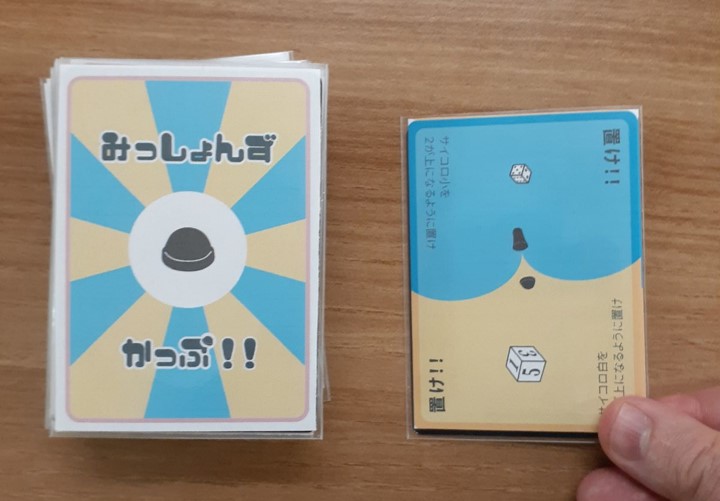
This image has been tested a bit more, so the cards of the time were simpler.
When I tried it, it was quite easy to play, "the tension of winning early is good", and "it seems to be able to expand the range of the title".
From here, we continued to test and develop innovative components to make the subject interesting. It is a plan that started with the want to make a heavy game, but we will turn to a party game.
The first component was as simple as dice, cards, and chips, but it's still interesting. If you put more strange things, it should be more interesting…
I will try various things, but I will talk about it in the next blog.
Ideas don't come from nothing.
Well, here is the story of "how to come up with an idea" in the title. I tried to shorten it, but it's still a little long.
First of all, I think that the idea of the game is born in the following flow instead of suddenly descending from nothing.
[Decide on a theme] → [find moyamoya] → [replace with a problem] → [search for a solution] → [test]
I feel that this flow is also the flow of game creation as it is.
If you think about the theme and make a prototype, you will hit a bad place. The solution is to come up with an idea, and as many ideas as the number of moyamoya, the number of solutions, as many as what kind of problems we see.
If you test it, most of it will disappear, but I still feel that it can be mass-produced erraki below the dark clouds.
This time, the theme was given first, so I referred to an existing game in the process of [Moyamoya] → [Challenge].
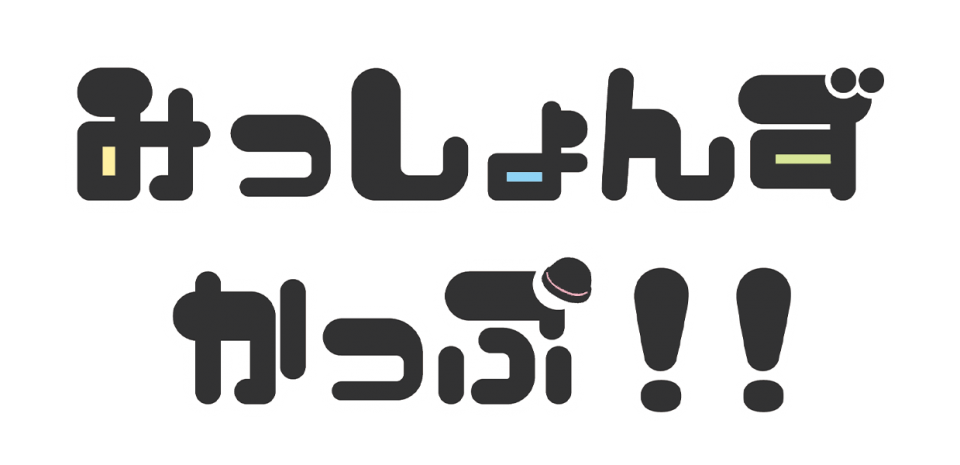
The start of "Miesonzu-kanpu" was to combine lightweight games to create a heavy game. This is the theme.
Naturally, each lightweight game is disjointed. This is [Moyamoya].
We needed a connection to bring the whole game together. This is the challenge.
As a solution, it is a recruitment plan that I wrote this time that I tried to connect with worker placement is a death plan introduced last time, and I tried to connect with an early person win.
If you think about it from the theme of "entering various mini-games", I think that you will naturally arrive at Moyamoya that "it seems to be out of cohesion" and "it looks messy". By replacing this moyamoya with the problem of "needing a connection", it is the idea art that is the main topic of this time that I changed the one used for the connection and came up with the idea.
By the way, have you ever seen the structure of "clearing mini-games one after another with early wins"?
When you play against each other in a game called Made in Wallio, you're going to see a similar structure.
Made in Wallio is a power game that quickly clears mini-games within a short time limit of about 5 seconds. There are many series, and some titles allow you to play against each other as a party game.
When I write this, I'm like, "Is that pacri?" It seems to be said, but it is not so. It's a completely different game: the composition of the whole game, the content of the mini-game, the elements and tie-ups you need to play as an analog game.
"Made in Wallio" was a reference for moyamoya's challenge, focusing on "bringing together mini-games with little commonality in one rule".
So, if you are having trouble with ideas, it may be easy to organize if you are aware of the flow of [theme] → [moyamoya] → [problem] → [solution] → [test].
At the same time, when looking at existing games and various works, it may be useful for you to come up with an idea by decomposing it into how to view the theme, how to find the moyamoya, how to set the assignment, how to solve it, and how to try it.
Well, it's been a long time, but this time around here.
Don't miss out on the next time. If you follow us on Twitter, we will be able to deliver blog updates and new information, so thank you.
Twitter:https://twitter.com/otemachispin

